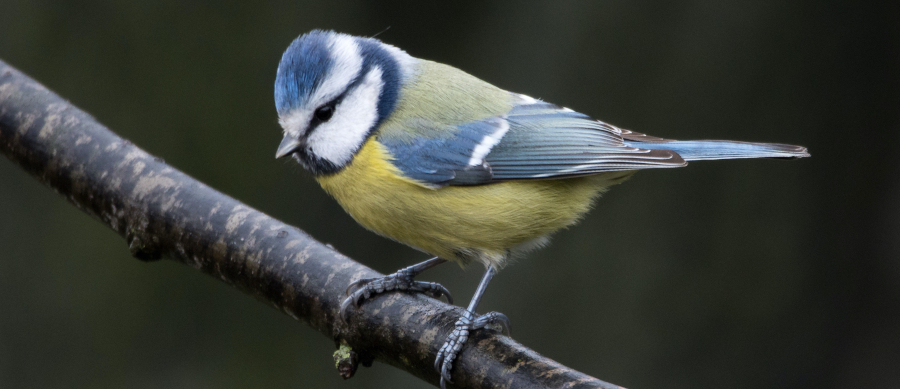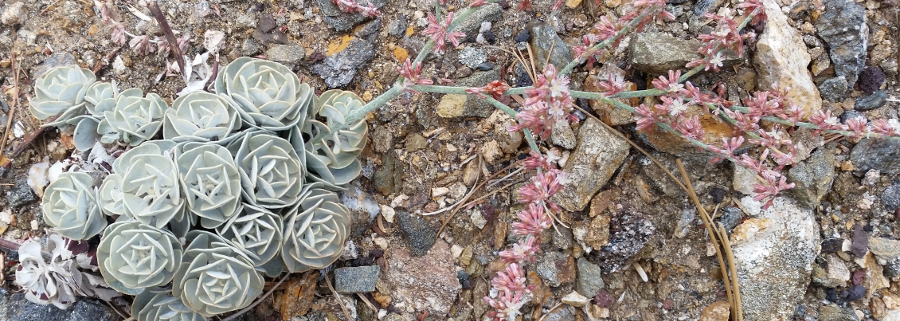Eco-evolutionary dynamics and macro-evolutionary patterns of multiple signalling
Signals of the condition of individuals directly influence individual fitness through variation in the fitness of chosen mates. They are also targets of sexual selection as females choose males based on variation in traits that may, or may not, be honest signals of male condition.

PI: David López-Idiáquez
Supervisors: Claire Doutrelant, Peter B. Pearman
Collaborators: Vladimir Kaberdin, Maitena San Juan
My lab is currently a collaborator in a study of the effects of pathogens of birds on the signaling of condition in social encounters, such as pairing with mates. The work is being led by David López Idiáquez, who is a post-doctoral researcher who is working with Doutrelant (CNRS-Montpellier, France) and me. Additionally, Vladimir Kaberdin of the Department of Microbiology and Maitena San Juan, a 4th year student in biology at the UPV, will be collaborating on the analysis of metagenomic DNA from blood and fecal samples. Work in this lab is done in the context of examining the interplay between environment and social signaling systems in a passerine bird.
Sexual and social selection are the main responsible forces for the evolution of a wide array of animal behaviours and morphologies. In many cases, these traits work as signals within a communication context, modulating the outcome of multiple types of interactions (e.g. mating or parent-offspring communication). There is great variability in the number of signals used by the different species. While some of them exhibit rather simple phenotypes with only one signalling trait, others exhibit much more complex ones with multiple signalling traits (Fig. 1). This variability is rather paradoxical, as due to the costs associated to signal expression, we would expect that the individuals will invest all their resources in just one signalling trait to maximize its expression. Therefore, how can we explain the presence of such complex phenotypes?
One of the main ideas proposed to explain the presence of multiple signalling systems is that they are favoured by the spatial and temporal fluctuations in the environmental conditions. In this context, it can be expected that under harsh environments a signal can become too costly for any individual to produce, or under benign conditions, all the individuals can afford to express the signal fully. Under those circumstances, the variance of quality among the signallers could become cryptic and the presence of alternative signals with a different environmental sensitivity will be favoured. Besides, these differences in the expression of multiple signalling traits can also be driven by other factors, such as mating system, that can favour or not the existence and extent of multiple signals. For instance, in highly polygynous mating systems, such as those present in lekking species, there is an enhanced male-male competition that generates the evolution of conspicuous ornaments. However, despite their importance, the effects of the environmental heterogeneity as drivers of the multi-component signalling systems remain overlooked, as most of the experimental, long-term and comparative studies have studied single traits in isolation. It is also important to consider that most of the scientific evidence in this area is male-biased, as there is a lack of studies exploring the role and mechanisms behind female ornamentation in general, and of female multiple signalling in particular. Thus, further research including male and female ornaments is needed to fully comprehend the evolution of the animal signalling systems and to understand the role environmental variation has in that process.
We will tackle this issue by two means: i) we will work on the multiple colourations present in the blue tit (Cyanistes caeruleus), a small (8-11 g) hole-nesting passerine that readily breeds in nest-boxes. First, we will experimentally manipulate their condition by reducing the load of malaria parasites, both in the wild and in captivity, to explore its effects on 5 different coloured traits present in the blue tits. Further, to better understand the mechanisms behind the colouration we will also explore the effects of the treatment on the oxidative status of the birds. Second, we will take advantage of a long-term and individually-based data set including more than 15-years of information about the blue tit colouration, morphology and behaviour. With this information, we will explore the role of the environmental heterogeneity as a driver of the strength and direction of the selection acting on the coloured traits and on their covariation.
The role that this lab plays in the project is to examine more closely the effects of pathogen load on colored traits and their expression. We will receive collections of blood and feces from the study birds and will extract total genomic DNA. Then, using universal PCR primers, we will determine the presence/absence of a panel of potential pathogens. These include both viruses, such as avian influenza, and bacteria. These data should allow us to account for additional variation in signaling traits beyond the potential effects of avian malaria.


